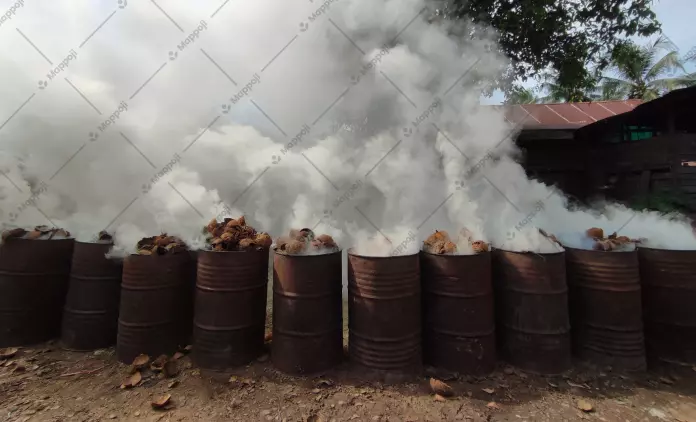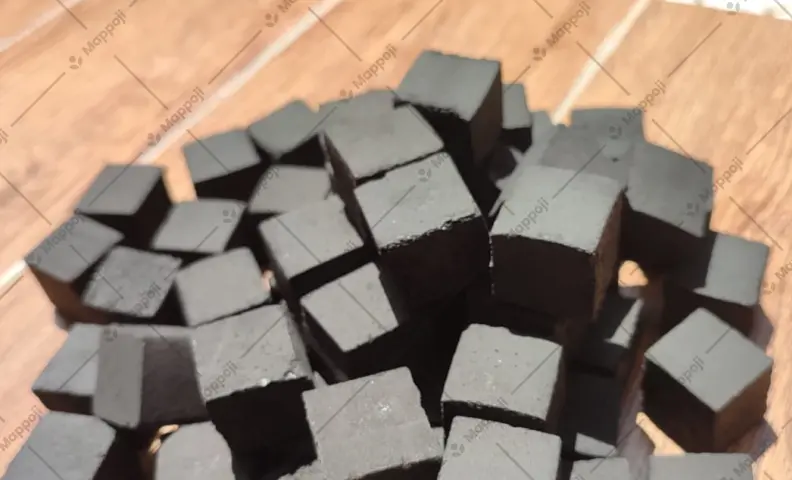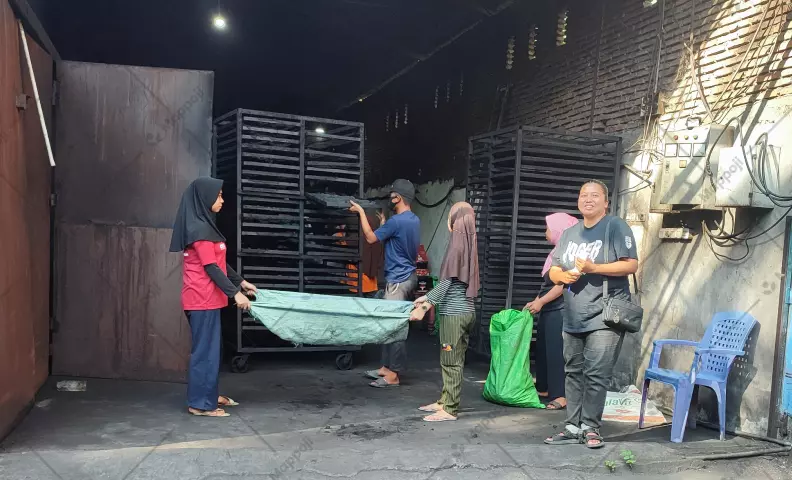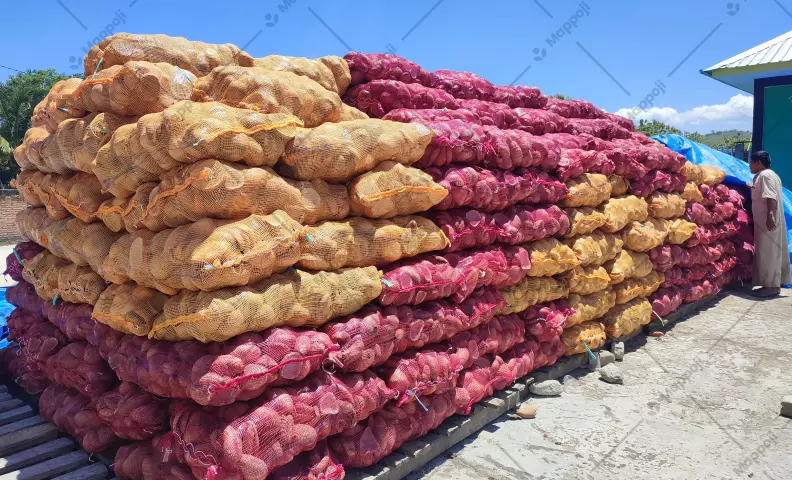Oct 26, 2022 | Product
The Process of Making Coconut Shell Charcoal: From Shells to Valuable Fuel

Achmad Alimin

The burning process of coconut shells by utilizing a drum. Image Credit:
Mappoji
Mappoji - Coconut shell charcoal is a valuable and sustainable fuel source that finds
applications in various industries. The process of converting coconut shells into charcoal involves
a series of steps, primarily centered around controlled burning. In this article, we will explore
the process of making coconut shell charcoal, starting from the collection of shells to the final
product, and the importance of each stage in ensuring high-quality charcoal production.
Collection and Preparation of Coconut Shells
The first step in making coconut shell charcoal is the collection and preparation of the raw material
– the coconut shells. Coconut shells are obtained from mature coconuts after the meat and water have
been extracted. These discarded shells are a byproduct of the coconut industry and can be repurposed
for charcoal production.
Once collected, the coconut shells need to be prepared for the charcoal-making process. This
typically involves removing any excess moisture and impurities from the shells. Proper drying
ensures efficient combustion and helps maintain the desired quality of the charcoal.
Burning the Coconut Shells
The process of converting coconut shells into charcoal revolves around controlled burning. A drum or
kiln is commonly used for this purpose. In the initial stage, a stack of coconut shells is carefully
placed inside the drum. The burning process begins by igniting the shells, allowing them to catch
fire and start to burn.
During the burning phase, the temperature inside the drum is closely monitored and controlled to
ensure the shells undergo pyrolysis, a chemical process in which the shells are heated in the
absence of oxygen. Pyrolysis causes the release of volatile compounds and drives off moisture,
leaving behind carbon-rich coconut shell charcoal.
Gradual Addition of Unburned Coconut Shells
As the burning progresses, the initial stack of coconut shells will gradually reduce in size.
However, not all the shells are completely burned in one cycle. To maximize the yield and ensure
efficient utilization of the raw material, unburned coconut shells are gradually added back into the
drum.
This step-by-step addition of unburned shells allows for more complete combustion and conversion into
charcoal. It helps in minimizing waste and maximizes the production of high-quality coconut shell
charcoal. The process continues until all the coconut shells have been converted into charcoal.
Cooling and Sorting
Once the burning process is complete, the drum is allowed to cool down. This cooling phase is crucial
to prevent spontaneous combustion and ensure the safe handling of charcoal. After cooling, the
coconut shell charcoal is carefully removed from the drum.
The charcoal is then sorted to remove any remaining impurities, such as ash or unburned particles.
This sorting process helps ensure the purity and quality of the final product, preparing it for
packaging and subsequent use.
Packaging and Distribution
The final step in the process is the packaging and distribution of the coconut shell charcoal. The
charcoal is typically packed in bags or containers suitable for storage and transportation. Proper
packaging helps preserve the quality of the charcoal and facilitates easy handling and distribution
to customers.
Coconut shell charcoal is in high demand for various applications, including cooking, heating,
activated carbon production, and as a component in the metallurgical industry. Its clean-burning
properties, long burn time, and sustainability make it an attractive choice for both domestic and
industrial fuel needs.
In conclusion, the process of making coconut shell charcoal involves the controlled burning of
coconut shells, gradually converting them into valuable fuel. Each step, from the collection and
preparation of the shells to the final packaging, contributes to the overall quality and efficiency
of charcoal production. By understanding and optimizing this process, we can harness the potential
of coconut shells, transforming them into a sustainable and versatile energy resource.
We look forward to hearing from you and to the possibility of working together. Please don't hesitate
to contact us. Our team is always happy to help and can provide you with
the information you need to make an informed decision.




